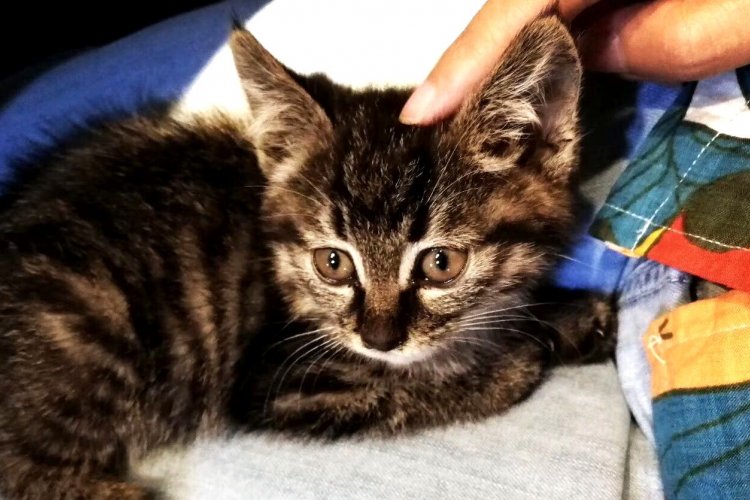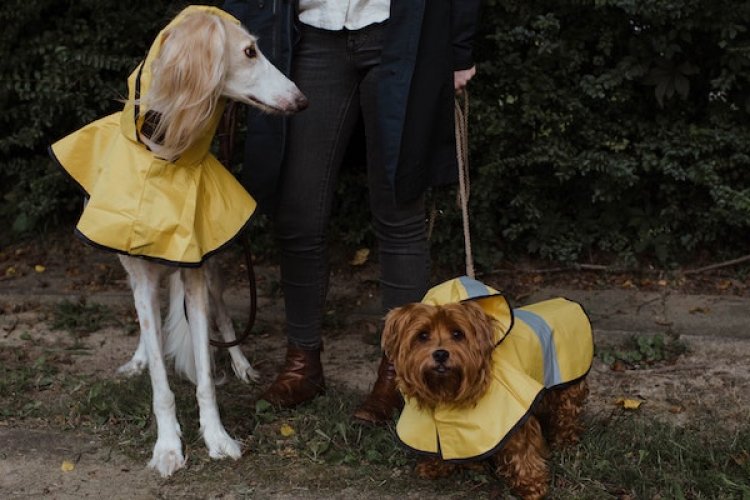Plane Safety for Pets: Ensuring a Safe Journey
Last month's reports of the tragic death of a dog that died during a domestic flight sent shockwaves through the community right before the start of the summer travel season.
The dog, Kevin, a large breed Samoyed, traveling as checked baggage on a Hainan Airlines flight, was deemed to have died of suffocation during the journey based on an autopsy of the dog. The owner was devastated and shocked that his healthy six-year-old dog could have died so suddenly on what he thought would be a routine flight.

While tragic cases like that of Kevin do still occur annually, the overall number of these incidences is very small taking into account the total number of pets that fly every year. The United States Department of Transportation reported that less than 0.01 percent of pets traveling by air in 2012 experienced an "incident" defined as death, injury or loss. Hundreds of thousands of animals fly annually and arrive at their destinations safely.
Over the past two decades, airlines have tightened their policies and have worked with aviation industry regulators to establish regulationsimproving safety for traveling pets. US carriers have some of the strictest pet travel regulations in the world developed in the aftermath of tragedies involving pets that died during air travel. Because of these experiences and hard lessons learned, these airlines have strict requirements specifying the age and health condition of traveling pets, breed of dog or cat permitted for air travel, air crate construction and sizes, number of pets permitted per plane, and time of year when pets are allowed to travel as check-in excess baggage.
RELATED - Dog Days Are Coming: Prepare for 2014 Registration Period
RELATED – Dog Gone: Leaving China With Pets
Another factor that accelerated the introduction of stricter airline policies and federal aviation guidelines for traveling pets in the US was the litigious nature of American society. Pet owners whose pets died, suffered injuries or were lost during air travel have filed numerous lawsuits and claims against airlines. To reduce their liabilities, airlines introduced restrictions such as summer and winter "blackout periods," when pets are prohibited from traveling as checked excess baggage during the hottest and coldest months of the year. Each year, more airlines adopt bans on certain breeds of "snub-nosed" or brachycephalic dogs and cats as their short nasal passages make them especially vulnerable to heat stroke and respiratory distress.
PRC airlines generally have less experience with pet travel and are just beginning to handle increasing numbers of bookings by pet owners wanting to fly with their pets. Requirements on crate sizes, number of animals permitted in each crate and time of year pets are allowed to travel as excess check-in baggage are often not strictly defined. This means that the responsibility of understanding and managing air travel safety for pets lies with the owner who must seek out this information on his or her own. Compensation from airlines for damages or loss of life for pets is limited to declared cargo value or subject to baggage liability limitations based on the policies of each airline.
So what can pet owners do to minimize the risks of air travel to help their pets arrive safely at destination countries?
1. Take pets on flights only if absolutely necessary
Air travel always present some risk so unless your pet is relocating permanently, don't fly unless absolutely necessary. This means holiday travel or home visits for the summer are better taken without the family pet. Check with friends that can pet sit or with your veterinarian for boarding services at your pet hospital.
2. Book pets on direct flights whenever possible
Most problems with pets occur on the ground or during transit, not during the flight. Long delays while loading and unloading pets onto airplanes in hot temperatures can pose risks of heat stroke, cardiac disorders and respiratory distress and suffocation. Try to avoid flights with lay overs or multiple plane changes.
3. Time your flight to avoid the hottest or coldest times of the day
During the summer, book a morning or late evening flight allowing pets to travel during slightly cooler temperatures. During the winter, book an afternoon flight when temperatures may be warmer.
4. Use a kennel that is large enough to be comfortable for your pet
Give your pet at least one month before the departure date to get used to the crate or carrier. This will reduce the stress of your pet during travel. Most airlines have specific criteria for air crates including sturdy construction, ventilation panels, a steel grate door with a water dish and squeeze release levers to open doors. Skymats used by professional animal cargo shipping companies are available in Beijing and provide added comfort for pets while absorbing fluids and odors. Check with your airline for crate sizes allowed as oversized crates may incur additional charges or may not be able to be loaded.
5. Post a photo of your pet onto the crate
If your pet is lost during your journey, having a photo of the pet on the crate will allow handlers to identify and look for the pet. Pets should have comfortable collars with ID tags inscribed with your contact details in both the originating and destination countries. Posting your flight information and contact details on the crate is also important so that you may be readily reached with any news regarding your pet.
6. Never give pets tranquilizers unless prescribed by your veterinarian
Inform your veterinarian that your pet is traveling by air and ask him or her for an assessment of your pet’s health condition and suitability to undergo the journey. Your veterinarian can work with you to make the journey as smooth as possible for both you and your pet.
7. Do not feed your pet for six-eight hours before travel
Water is okay. Freeze the water in the water dish and affix it to the grate door right before you begin the journey. Your pet will have slow melting ice water to drink throughout the journey.
8. Check your pet as soon as you are able to after arriving at your destination
Make sure you are in a safe and contained space before opening the door of the crate. If anything appears to be wrong with your pet, take your pet to your veterinarian immediately and document the examination and findings in writing, with clear indication of the date and time.
We hope these tips help you and your pet experience a smooth and safe journey this summer.
The International Center for Veterinary Services will host a free information session of travelling with pets on Saturday July 19 at 11am. Click here for details.
You can follow ICVS on Weibo, Twitter and Facebook.
Mary Peng is the Co-Founder & CEO of International Center for Veterinary Services (ICVS).
Photos: Courtesy of benjamin_scott_florin (Flickr), fdog.cn







